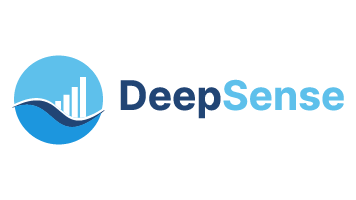One big hurdle that we often run into when trying to work with a company, is that they may not know what to do with the data they are collecting. Often, they will be collecting data over time, but when they need to make a decision, they may only use the real time data, without considering the prediction capabilities historical data may have on the ability to make decisions using real-time data. However, historical data could be very valuable. What a lot of companies need is help from data scientists to unlock the insight of it. Since Machine Learning (ML)/Artificial Intelligence (AI) is our main focus at DeepSense, we’ll often suggest these methods One question an organization can come back with is:
Can all of our problems be answered by AI/ML?
The short answer is no. But, like any algorithm, Machine Learning is a tool. It is a tool that can be used to help make decisions, classifications, and predictions in various domains, but obviously it is not omnipotent to all problems. Sometimes standard statistical methods are all that is required. Furthermore, how effectively AI/ML can solve problems also depends on the quality of data and data scientists.
Put simply, AI is training a computer to do what a person does. One easy example is image classification, a type of supervised training. Essentially, we have a human look at a bunch of images, and label them as, for example, fish or not fish. We train the model on that labeled data and when we give it new images, ask it to classify if it is a fish or not.
Machine Learning works best on repetitive applications with an easily defined goal, like the image classification problem. An algorithm can be applied to thousands of images, it never gets tired, and it can be copied and run by others around the world. On the other hand, despite the name, Artificial Intelligence is not smart and can learn to make mistakes that a human wouldn’t usually make. For example, if you train a fish classifier with positive examples of fish in water and negative examples of land animals then it will likely classify any image with water in it as fish. AI/ML learns by example rather than learning whole concepts.
In the ocean-sphere, we can list many examples of Machine Learning applications. Such as acoustic recognition of whales; visual recognition of fish from underwater cameras; using sonar to find fish in the water column; or, using AIS (Automatic Identification System) to classify a boat as a shipping or fishing vessel.
Machine Learning is a very powerful tool, with a wide variety of applications. However, Machine Learning may not be able to be used to solve every problem. DeepSense is able to help companies prepare and understand their data and analyze if their problems can be solved from the perspective of AI/ML or other computing techniques.
